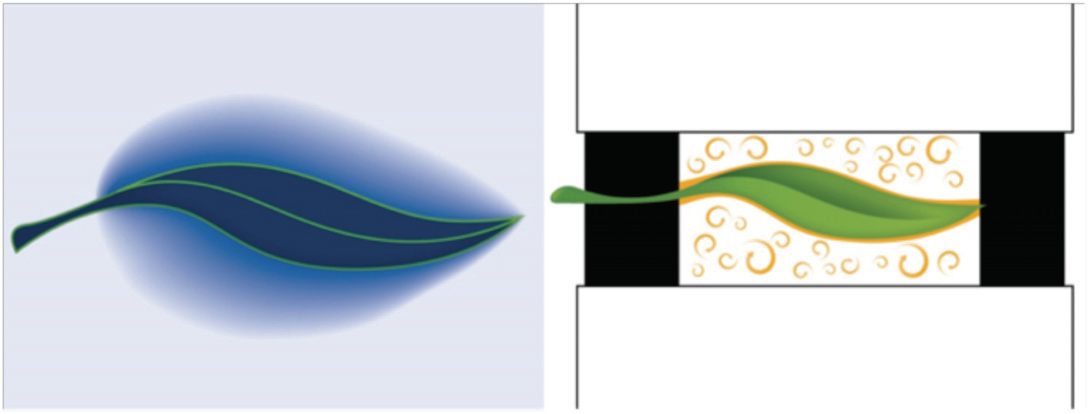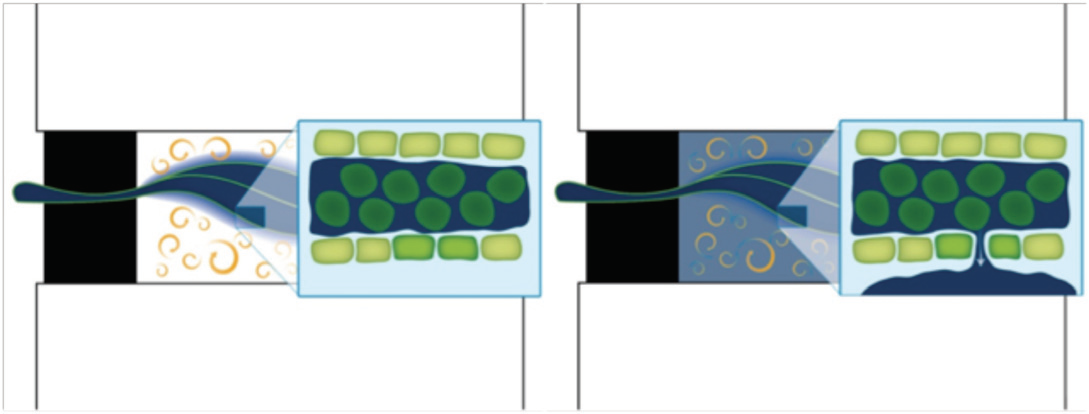Printable PDF: When Ambient H2O is not Leaf Chamber H2O
This content as a pdf that can be saved to your computer or printed.
The LI-6400XT Portable Photosynthesis System can control CO2, H2O, light, and temperature within the leaf chamber, which allows flexibility and consistency in gas exchange measurements. It also allows researchers to keep the leaf chamber conditions as close to ambient conditions as possible, to speed up survey measurements and gather as much good data as possible in a sampling period.
However, ambient is not always ambient, especially when referring to humidity in the chamber. The LI-6400XT system minimizes the boundary layer around the leaf, using the mixing fan. This action removes the protective gaseous barrier between the ambient air and the leaf itself. Therefore, the LI-6400XT must provide more humidity than would be available in the ambient air to compensate for the loss of the boundary layer.

Most leaves within the LI-6400XT chamber will need relative humidity of 50-80% to allow the plant to compensate for the loss of humidity due to removal of the boundary layer. Rates below 50% typically have too little humidity in the air and thus too much of a gradient between the inside of the leaf and the air. As a result, the stomata will not open to allow gas exchange. Rates above 80% have too small of a gradient between the leaf and the air and there will be little molecular movement. Additionally, rates above 80% can cause instrument problems.

Adjustments in leaf chamber humidity may be needed to keep the gradient at an optimal level for your plant. These can be made by changing the desiccant setting or by changing the flow rate. Some plants are more sensitive to changes in relative humidity than others, so be mindful of what your individual study species may prefer when choosing a setting and make sure your environmental conditions are stable before taking measurements. Good data is worth the effort!
